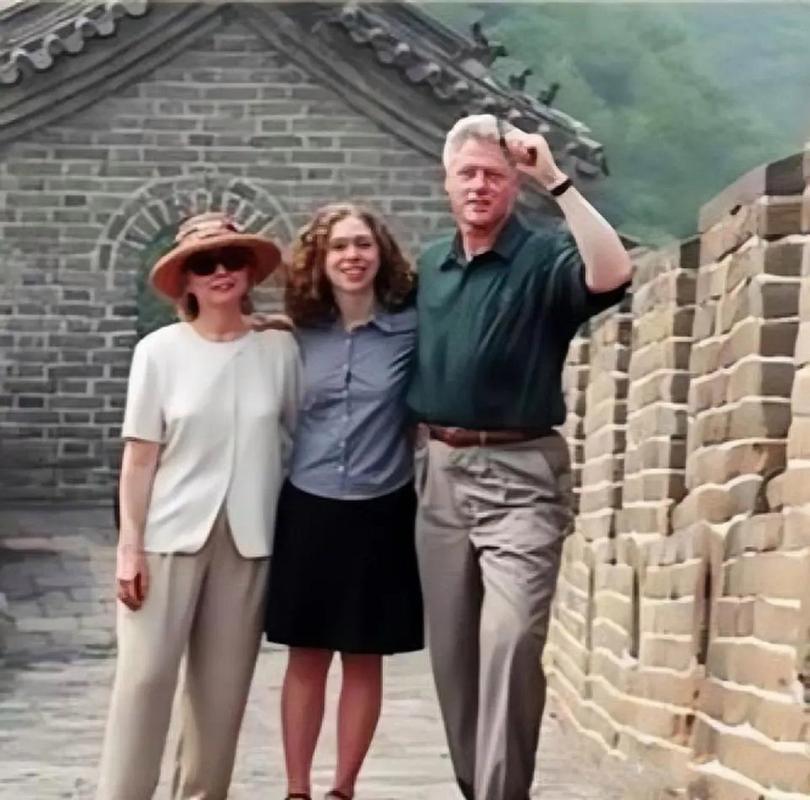World Leaders on the Great Wall: A Symbol of China’s Global Ties
The Great Wall of China, once a military barrier, has evolved into the country’s most iconic diplomatic stage. Since 1954, Beijing’s Badaling section alone has hosted over 540 foreign heads of state and government leaders , who came not just to admire its grandeur but to forge connections between nations. Their footsteps and remarks have turned this ancient structure into a living witness of international friendship.
Among the most memorable visitors is Russian President Vladimir Putin. During his 2002 trip to Beijing, he fulfilled a long – held wish by climbing Badaling Great Wall. Touching the weathered bricks, he repeatedly exclaimed, “Great! Very beautiful!” . When presented with a certificate inscribed with Mao Zedong’s famous line “He who has never been to the Great Wall is not a true man,” Putin laughed heartily and wrote in the guestbook: “I am amazed by the Chinese nation’s diligence, beautiful scenery, and great history.” His reluctant glance back at the Wall before departing mirrored the deepening 中俄 bond.
US President Bill Clinton also left a profound mark during his 1998 visit. Standing atop Mutianyu Great Wall’s steep 16th watchtower, he marveled, “It’s far more spectacular than I imagined” . More importantly, he used the Wall as a metaphor for US – China relations, stating, “It symbolizes a unified Chinese nation, not a barrier keeping people out.” He emphasized that like the Wall’s builders creating a lasting monument, contemporary leaders should nurture friendship for future generations—a speech that became a highlight of Sino – US diplomatic history.

European leaders have similarly been captivated. Germany’s first post – war chancellor to visit China, Helmut Schmidt, climbed Badaling in 1975. In his book China as a Neighbor, he described the Wall as “surpassing all expectations, winding through mountains and valleys into the mist” . Sweden’s King Carl XVI Gustaf has even visited twice: first in 1981 to celebrate bilateral ties, and again in 2008 during the Beijing Olympics, linking the Wall to global sports unity . British Prime Minister Margaret Thatcher summed up its impact as “the most astonishing ancient structure I have ever seen” .
Leaders from developing nations often see the Wall as a symbol of resilience. Nelson Mandela, at 74, expressed long – held admiration for China during his visit . Pakistani Prime Minister Anwaar – ul – Haq Kakar praised its creators as “true heroes” , while Venezuelan President Hugo Chávez spoke of “feeling the sacred power of a millennium” . These remarks reflect how the Wall resonates across cultural and economic divides.
From Putin’s awe to Clinton’s diplomatic metaphor, the Great Wall transcends its historical role. It is where leaders confront China’s past, celebrate its present, and imagine shared futures. For over seven decades, it has stood as a silent diplomat—proof that great civilizations inspire connection, not division.